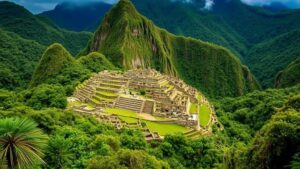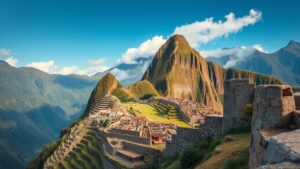Searching for the creators of the “Ancient Maya Codices,” some of the few surviving pre-Columbian texts.
Searching for the Creators of the Ancient Maya Codices
The Ancient Maya civilization, which thrived in Mesoamerica from around 250 to 900 AD, left behind a rich legacy of knowledge, artistry, and culture. Among their most significant contributions are the codices, a few surviving pre-Columbian texts that reveal their complex understanding of astronomy, mathematics, history, and spirituality. Despite the ravages of time and the Spanish conquest, the quest to understand the creators and the context of these codices continues to intrigue scholars and enthusiasts alike.
The Ancient Maya Codices: An Overview
The Ancient Maya produced several codices, the most well-known being the Dresden Codex, Madrid Codex, Paris Codex, and Grolier Codex. e documents are composed primarily of bark paper, which was folded like an accordion and painted with intricate hieroglyphs and illustrations.
Unlike the stone inscriptions commonly found in other Mesoamerican civilizations, the codices provide a more personal glimpse into Maya life and thought. They encompass diverse subjects such as:
- Astronomy and celestial events
- Ritual practices and divination
- Historical accounts and royal lineages
Historical Context and Creation
Most scholars agree that the majority of the Maya codices were created during the Classic period of Maya civilization, particularly between 300 and 900 AD. The production of these texts reflected the highly structured society of the Maya, which included scribes, priests, and certain elites who played a crucial role in documenting their culture.
For example, the Dresden Codex, believed to have been written in the late 11th or early 12th century, contains detailed astronomical tables. This codex reveals that the Maya had an advanced understanding of celestial cycles long before European astronomers. The codex shows the Maya calculation of the solar year as around 365.2420 days, remarkably accurate compared to the modern figure.
The Impact of the Spanish Conquest
With the arrival of Spanish conquistadors in the 16th century, much of the Indigenous culture, including the texts, faced destruction. Spanish colonial authorities actively sought to eradicate native writings, seen as heretical. It is estimated that out of an estimated 40 to 100 pre-Columbian codices, only four to five survived due to these aggressive cultural suppressions.
But, not all was lost. Some texts were hidden by priests and nobles, who recognized their value. The arrival of the Spanish and subsequent missionary efforts also kindled an interest in maintaining some cultural records, albeit in a modified form.
Identification of the Creators
Identifying the specific creators of the Maya codices is particularly challenging due to the aniconic nature of the Maya writing system, where named authorship was not a common practice. Still, certain hypotheses and historical records give insight into this aspect. Various scholars and archaeologists have attempted to trace the roles of scribes within Maya society.
For example, the term Ajaw, meaning lord or king, often accompanied the glyphs attributed to significant events chronicled in the codices. These hints suggest that elite scribes, often in the service of their rulers, were responsible for making these important records.
The Legacy and Modern Interpretation
Today, the codices are crucial for understanding not only the Maya civilization but also the broader implications of pre-Columbian literacy and knowledge systems. illustrate an ancient civilization that was deeply engaged in understanding their world through written language.
Plus, modern technology, including high-resolution imaging and digital mapping, has allowed scholars to study the codices in unprecedented detail. Techniques like spectral imaging can reveal hidden texts, providing new insights into Maya history, mythology, and rituals.
Conclusion: Actionable Takeaways
While many questions remain about the Maya codices and their creators, ongoing research continues to expand our understanding of this ancient civilization. Engaging with primary sources, contributing to archaeological fieldwork, and supporting museums that hold these artifacts are ways individuals can aid in the preservation and study of the Mayan legacy.
For enthusiasts wishing to deepen their knowledge, exploring digital archives and participating in educational programs related to Mesoamerican history can also play a vital role in sustaining interest in these invaluable texts.



